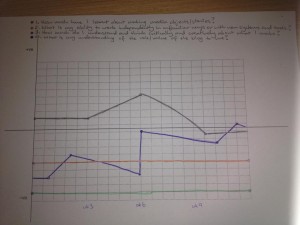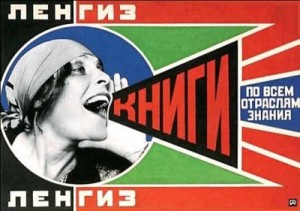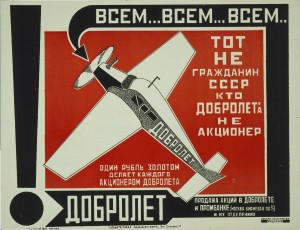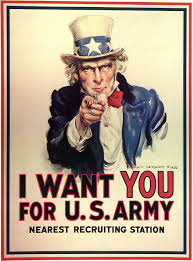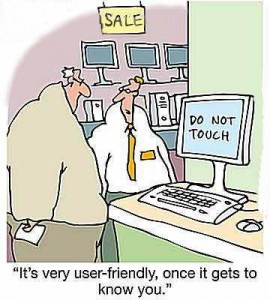The last few weeks of discussion have been drawing from a common focus, that is, “the radio voice”. We have been exploring different voices (producer, narrator, participant), different styles of voice (improvised, scripted, interview) and different scenes of voice (studio, on location). This project has given us the perfect opportunity to explore the audio element of (you guessed it) “Voice”. I sought out to gain a deeper insight by questioning not only “who is speaking?” but “whose voices are these?” as we find that what some-one says is not necessarily their own thought. This led me into further ideas about the active or passive voice of the producer, i.e. me. We understand that “the producer has the ultimate control in this relationship” (Brettle, 2015) so the variant must be “How far are they willing to manipulate the raw truth as sacrifice for entertainment, tension, conflict and audience?”
My first piece revolves around a concept of recreation. It attempts to explore the varying expressions found in voice by breaking down boundaries between scripted/improv and location/studio. To do this I recorded an improvised monologue on location and took it home to recreate. I listened to the recording and loosely drafted a script based on my words and actions. Then recorded the script in order to compare the differences and similarities in tone, rhythm and overall texture between the two voices.
I tried to express this through the piece by narrating a description of the scene compiled from recordings of on location observation, soundscaping and added Foley I had taken in the Brunswick Hotel, my inspirational ‘location’. The “Brunny” is a place of rich history, character and narrative and is the centre of my 2nd Project Brief. The first recording focuses on the Hotel’s features of crowd, scene and space. I combined recordings of far and close distance (for voice), location and studio (for music) with observation and Foley (for setting).
The second piece is the story of the individual, the participant manipulated by the interjections of the producer to inject conflict. It was interesting that my participant Will, had come to me with his own interview questions, from this gesture I decided to base the piece around an inner voice, not the one who says but the one who questions. I feel I could expand more on the notion that what he said contrasted what I wanted him to say.
The piece was created without interacting dialogue to portray this sense of “inner voice” as it moved from thought to though and voice to voice. Therefore it heavily relied on music for dynamic, transition and tension, which was brought through fades, silences, cuts and layers. Music here is a central correlation between the concept and location and the songs featured are live acts at the Brunny.
This project, along with the course content and readings that influenced it, has helped me explore the element of voice, while developing a larger sense of “Radio’s New Wave”. I now find myself questioning the essence of voice in radio features, particularly in regards to truthfulness and ethical production. It has also taught me the procedural side of production, developing my knowledge of release forms with contact, organisation and time-framing processes. My perception of Radio’s New Wave has been blown out of proportion as I realise the possibilities of creative and technological audio.
References: or those who influenced my voice
Brettle, K. (2015) Tutorial and Lecture Materials wks.1-4. Melbourne : RMIT University
ABC, (2014). Radio Ballads. [podcast] Scene To Song. Available at: http://www.abc.net.au/radionational/programs/hindsight/the-radio-ballads/5253042 [Accessed Jul. 2015].
Brookes, C. (2001). The Letter S (Whispers in the Air). [podcast] Available at: http://www.batteryradio.com/Pages/Oldies.html [Accessed Jul. 2015].
McHugh, Siobhán. (2012) The Affective Power of Sound: Oral History on Radio,
The Oral History Review Vol. 39, No. 2, pp. 187–206
Biewan, J. (2010). Reality Radio. 1st ed. [ebook] North Carolina: University Of North Carolina Press, pp.1-14. Available at: https://drive.google.com/drive/u/0/folders/ [Accessed Aug. 2015].
